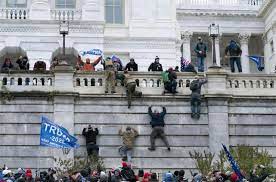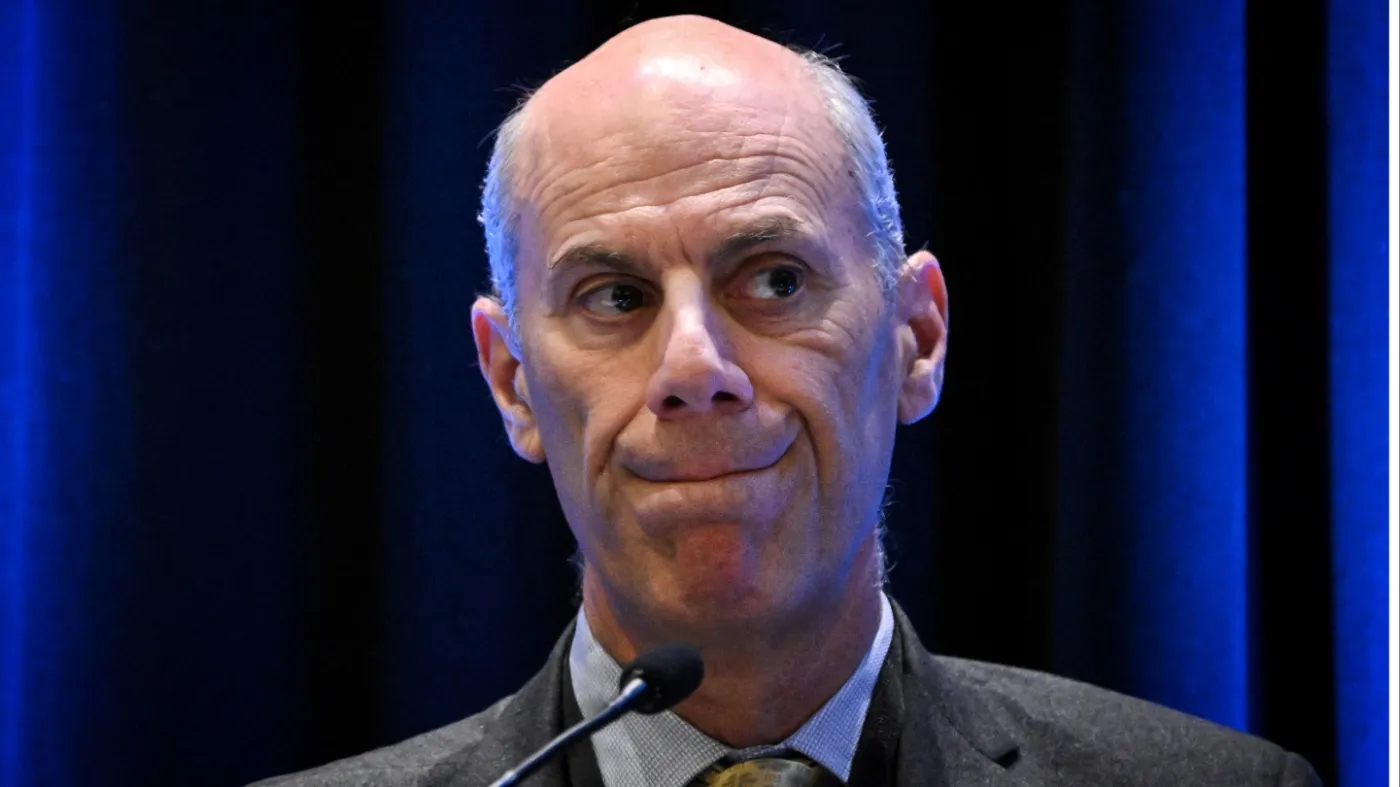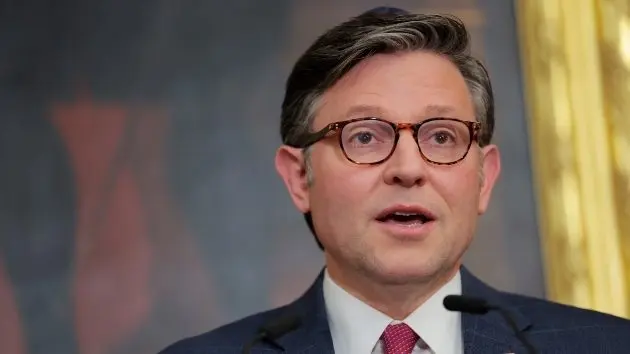Here in the U.S., one strand of the white nationalist movement has grown quickly over the last year. So-called active clubs are popping up all over the country. They emphasize mixed martial arts training to prepare for violence against their perceived enemies, and they’re increasingly moving their activities offline and into public view. NPR’s domestic extremism correspondent Odette Yousef reports.
ODETTE YOUSEF, BYLINE: Late last month, a judge in Romania ordered Robert Rundo to be sent back to the United States. Rundo is a self-professed white nationalist and fascist. He also regularly traffics in anti-Semitic tropes. He’s facing charges in California for rioting and conspiring to riot at political rallies with members of his racist fight club, the Rise Above Movement. For much of the last five years, he’s been on the lam, but he hasn’t been laying low.
RUNDO: One of the things I get asked all the time, even though I’ve mentioned it in a couple other people’s podcasts, I’ve written a few articles on it – but it is how to start an active club.
YOUSEF: An active club. When Rundo was running with his crew in 2017, it was perhaps the only one in the U.S. But today the Anti-Defamation League believes there are active clubs in at least 30 states. They’re decentralized, and they vary in size. And increasingly, they’re networked and coordinating mobilizations. Crews in Pennsylvania, Massachusetts, Tennessee and the Pacific Northwest have been particularly public with their activities. But Michael Colborne of the investigative journalism website Bellingcat says the active club model isn’t actually new at all.
MICHAEL COLBORNE: At a very simple level, it’s taking a model of kind of Eastern European far-right extremism, especially related to football hooliganism, especially kind of the aesthetics around some of the far-right scenes that you see in Central and Eastern Europe and trying as best as possible to plant that onto an American context.
RUNDO: Rundo appears to maintain an arm’s length distance from the active clubs he’s inspired. He makes money from selling active club fashion items online, but mostly he gives advice on how clubs should brand themselves and use propaganda to project an image that’s attractive to new recruits. That image is white. It’s hyper-masculine. It’s fit. And there’s no place for swastikas. But Rundo is clear that that’s really about maintaining palatable optics to an American public. Again, Michael Colborne.
COLBORNE: He really realized the power that – essentially being Nazis without looking like Nazis. He realized the power that that can have to effectively mainstream far-right ideas and far-right extremists.
YOUSEF: The current moment seems to be ripe for that mainstreaming. As the American right has united around the cause of diminishing LGBTQ rights, extremist groups have found an opening. Stephen Piggott of the Western States Center has been tracking active clubs in Oregon, Washington and Montana. Together, they’ve applied to form something called the Northwest Nationalist Network.
STEPHEN PIGGOTT: What’s been troubling for me is to see their activities increase, especially during Pride month, where you have these folks teaming up with other white nationalist groups and also crossing state lines to engage in the targeting of Pride events across the region.
YOUSEF: Piggott says they’re not just showing up and yelling Bible verses or waving flags.
PIGGOTT: They’re screaming and trying to get in the faces of folks, and I think it’s much more threatening, much more intimidating.
YOUSEF: The coordination between active clubs and other white nationalist groups began about a year ago. Morgan Moon of the Anti-Defamation League says active clubs have hosted at least two so-called fight nights at venues in San Diego and in Washington State.
MORGAN MOON: It’s not only active clubs. Patriot Front came out. Allegedly Hammerskins came out, etc. And it’s kind of meant to serve as this kind of fraternizing event where different white supremacists come together in unity.
YOUSEF: But since active clubs have ventured further out into public view, so have some tensions within the far-right extreme.




